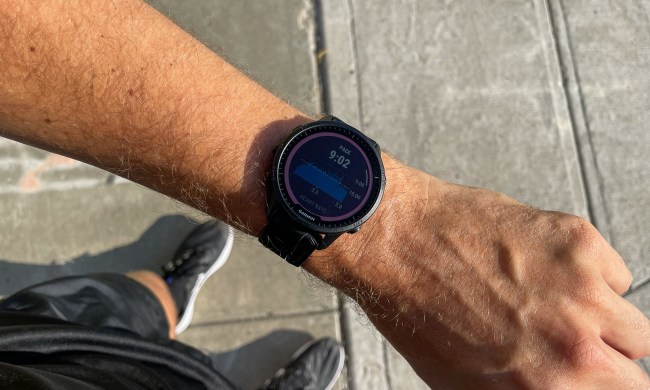
“Our system could prevent the severe morbidity suffered by extremely premature infants by potentially offering a medical technology that does not currently exist,” Alan W. Flake, a fetal surgeon at CHOP and study lead, said in a statement.
In the study, lambs that could not otherwise survive on their own were able to survive up to four weeks in the artificial womb, giving them enough time to sufficiently develop their lungs and other organs. As they would in their mother’s womb, the babies breathed amniotic fluid, pumping blood through an umbilical chord into an external device, exchanging oxygen and carbon dioxide.
Around 30,000 babies are born younger than 26 weeks in the United States every year, a period known as “critically preterm,” causing them to need extensive care to survive. After 28 weeks, the baby passes a threshold that should ensure healthy development. Just about half of babies born before 24 weeks do survive but face a life of medical challenges.
“These infants have an urgent need for a bridge between the mother’s womb and the outside world,” Flake said. “If we can develop an extra-uterine system to support growth and organ maturation for only a few weeks, we can dramatically improve outcomes for extremely premature babies.”
CHOP’s new bio bag may offer these newborns a safer, more wholesome environment to mature in. However, the device is still only proven to sustain lambs and the researchers said they will be careful not to overextend its ability. Flake and his team have patented the device and are consulting the Food and Drug Administration before conducting preclinical animal trials within the next few years.
A paper detailing the study was published this week in the journal Nature Communications.


